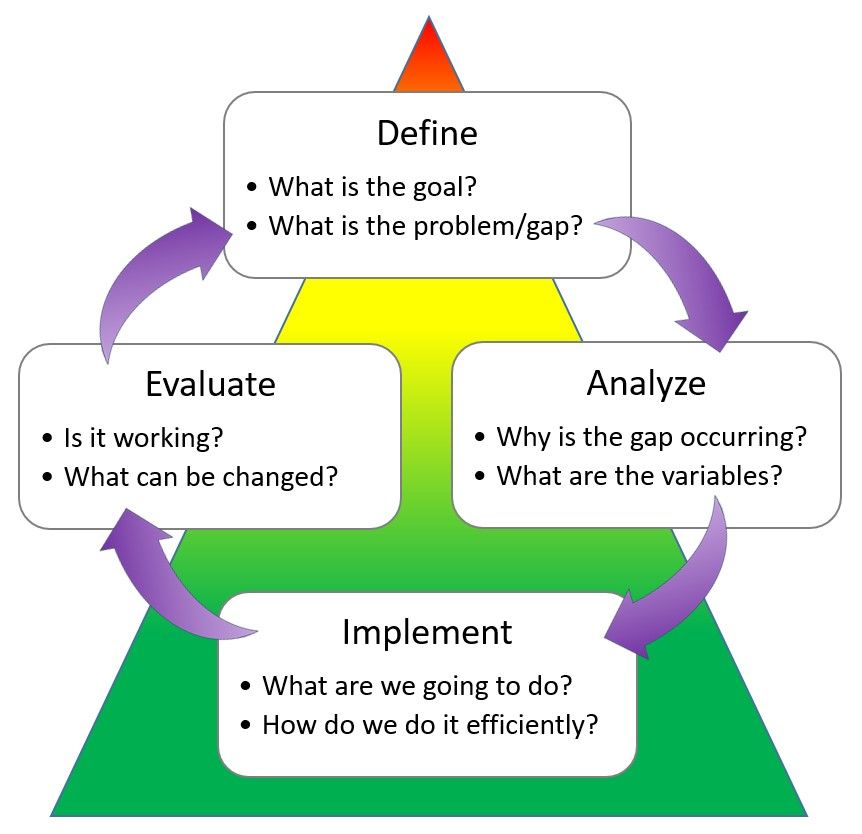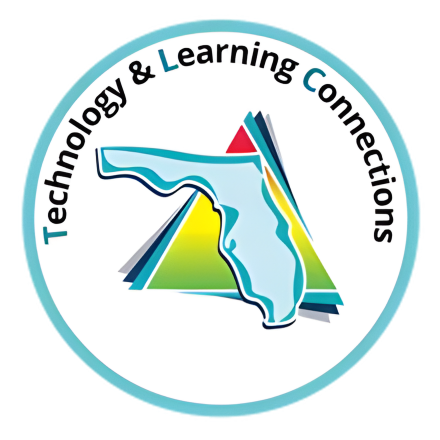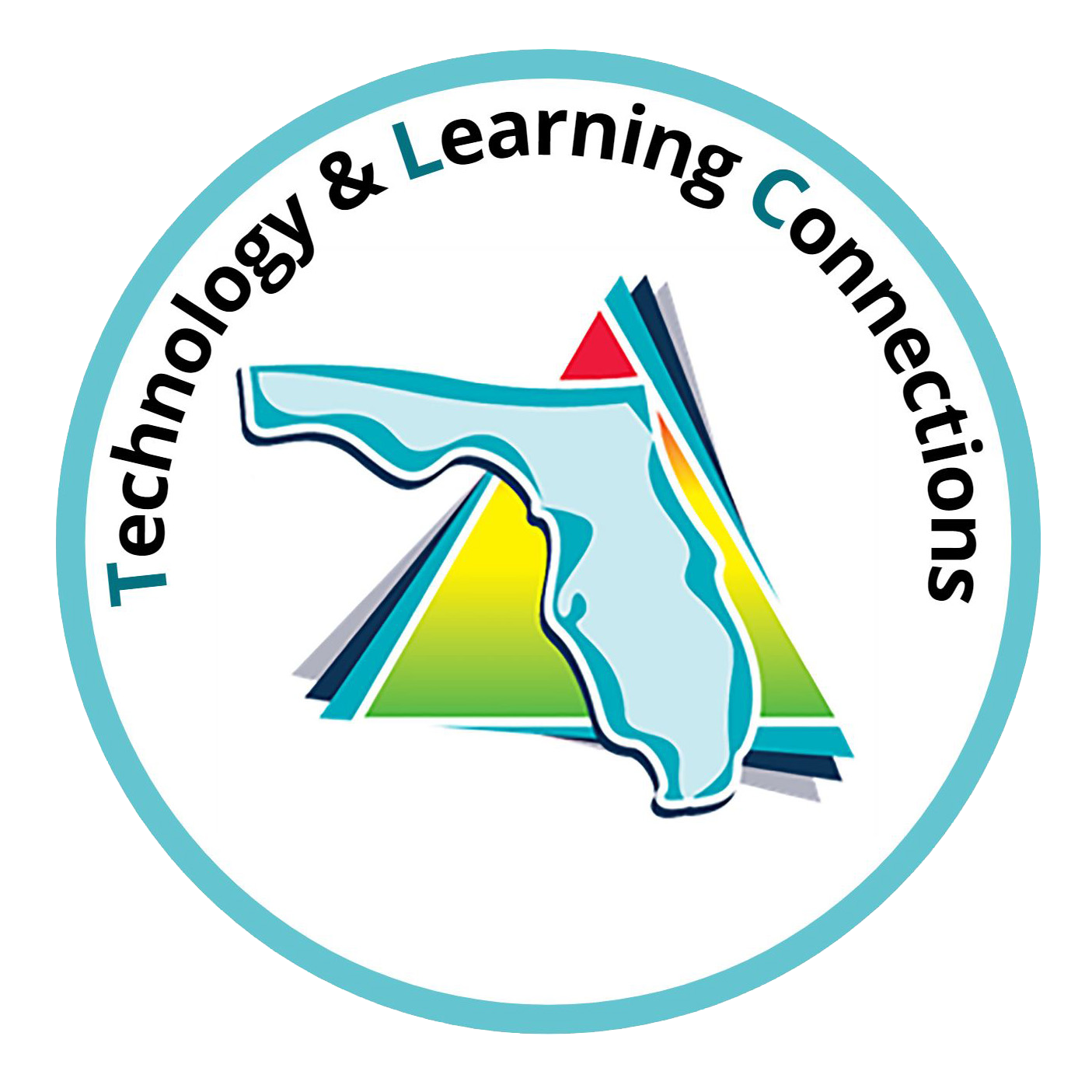MTSS

A Multi-Tiered System of Supports is a framework for efficient change that can be used by anyone, professionally or personally. It includes guidelines in the identification of core goals and objectives, data analysis, a tiered-service delivery designed to be as efficient as possible, and outcomes analysis with a continuous improvement cycle. To coin a phrase, " We don't tell you what kind of car you need to drive. We help you understand the car you have and how to make it run better."
When used by a local or state education agency, a Multi-Tiered System of Supports (MTSS) is an educational framework designed to promote successful outcomes for ALL students. When districts and schools are organized as an MTSS, educators use a databased problem-solving process to inform multiple tiers of standards-aligned instruction and intervention designed to increase the academic, behavioral, emotional, and life skills of students.

The 4-step problem-solving process provides the structure to identify, develop, implement, and evaluate strategies to accelerate the performance of ALL students including those with disabilities. The problem-solving process can be used at all levels of the educational system, including the community, district, school, classroom and/or individual student level, and includes the following steps:
- Step 1 – Goal/Problem Identification: Identify what students should know, understand and be able to do; compare the expected level of performance to the current level of performance
- Step 2 – Problem Analysis: Identify reasons why the expected level of performance is not being attained
- Step 3 – Instruction/Intervention Design: Design, support and implement evidence-based instruction/intervention matched to student or systems-level needs
- Step 4 – Response to Instruction/Intervention: Using both student response data and fidelity data, determine the effectiveness of the instruction/intervention and identify next steps

The 3-Tiers are an efficiency model of service delivery. They provide a method of allocating resources and services that result in high outcomes with the least amount of waste.
- Tier 1 - Universal. Services designed to be effective for the majority of the consumers. Generally considered 70%-80%.
- Tier 2 - Supplemental. Services provided in addition to Tier 1 services to achieve effectiveness for another 15%-20%.
- Tier 3 - Intensive. Services provided in addition to Tier 1 and Tier 2 services to achieve effectiveness for the final 5%-10%.
There is a continuous improvement (CIM) loop that helps increase the effectiveness of each tier. Each tier builds on what is happening in the tier below it. Anything that works in Tier 2 is integrated in some form into Tier 1. Anything that works in Tier 3 is integrated in some form into Tier 2. This cycle continually improves all tiers of service.
Here is a basic example of tiered services in district assistive technology (AT) support that build on each other.
- Tier 1 - Universal
- Information on AT is provided through newsletters and online resources.
- Every classroom has access to low-tech devices such as pencil grips, graph paper, visual aids, etc.
- Every teacher has checklists on general AT screening and meeting basic performance support needs.
- Tier 2 - Supplemental
- Professional development activities are conducted.
- There are professional learning communities.
- There is a loan library for AT devices accessible at AT practitioners.
- There are school based AT assessment teams.
- Tier 3 - Intensive
- Coaching services are provided.
- Focused student assessments are conducted by Local Assistive Technology Specialists (LATS).
- Ongoing follow-up services are provided by the LATS.
CIM Loop - Knowledge, data analysis, and experience gained from Tiers 2 and 3 is used to adapt previous Tiers to increase effectiveness (e.g. updating information in newsletters and online resources, determining what devices should be available to each classroom, and checklist design in Tier 1).

